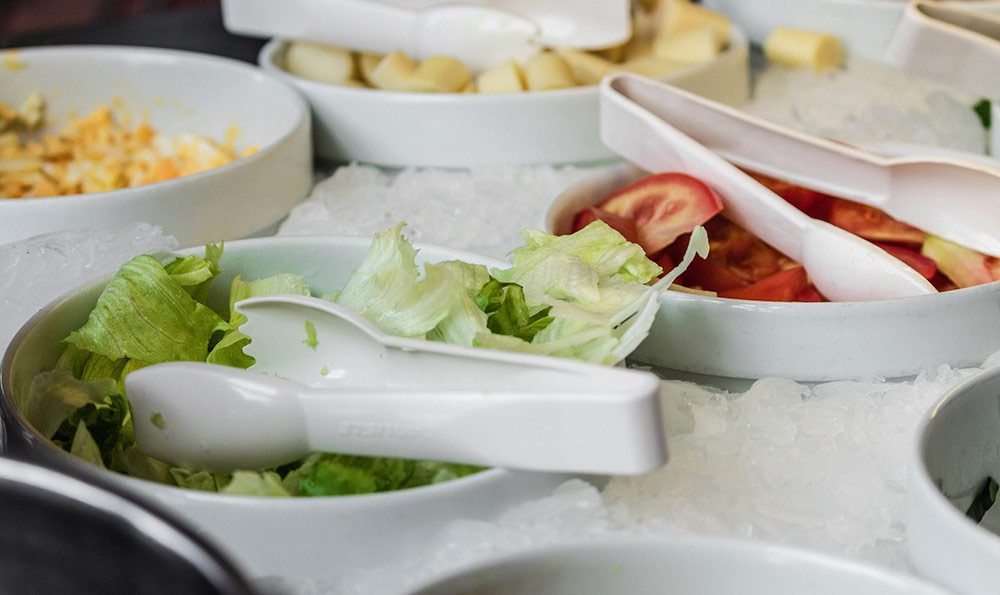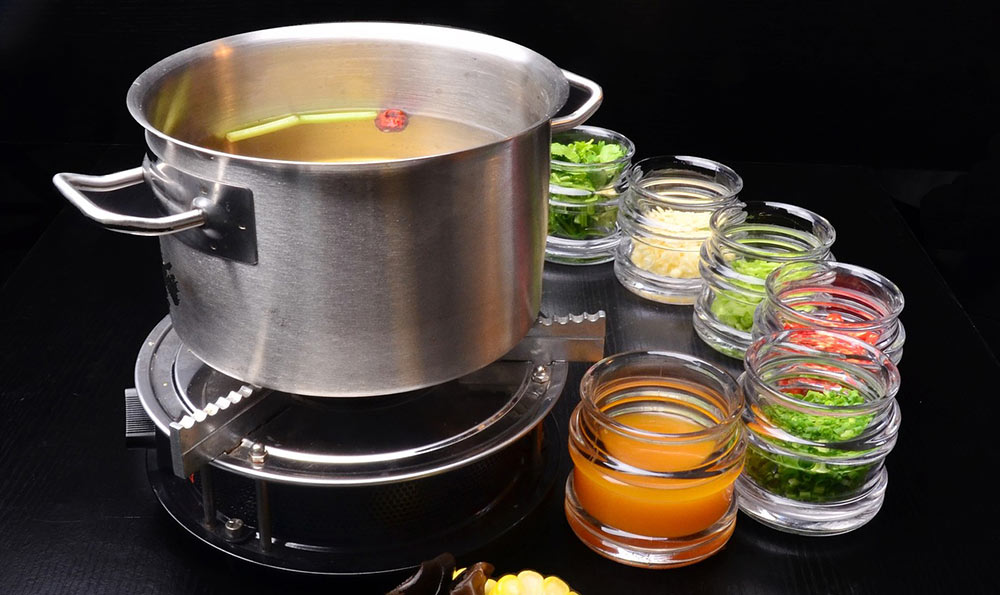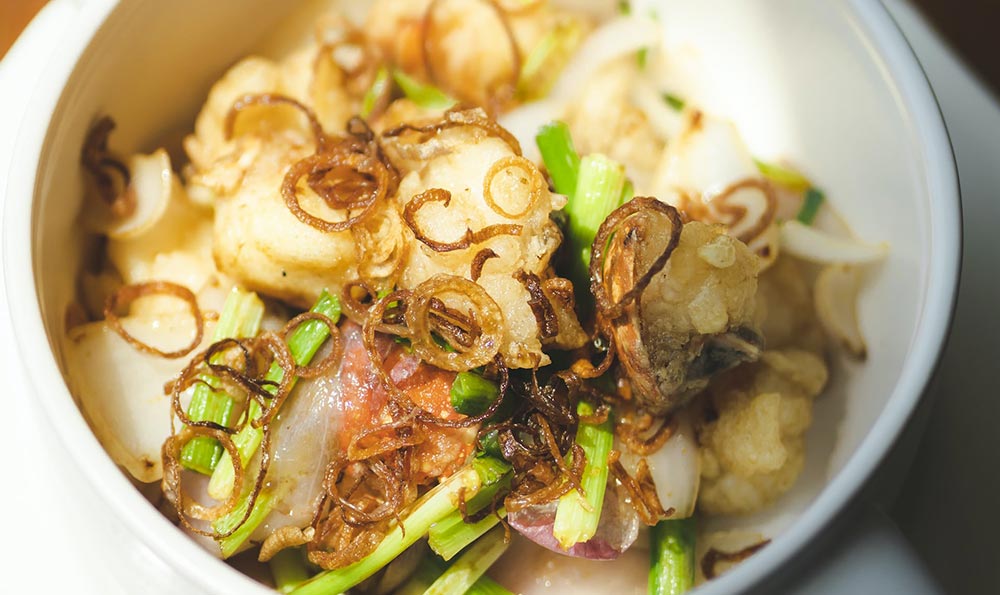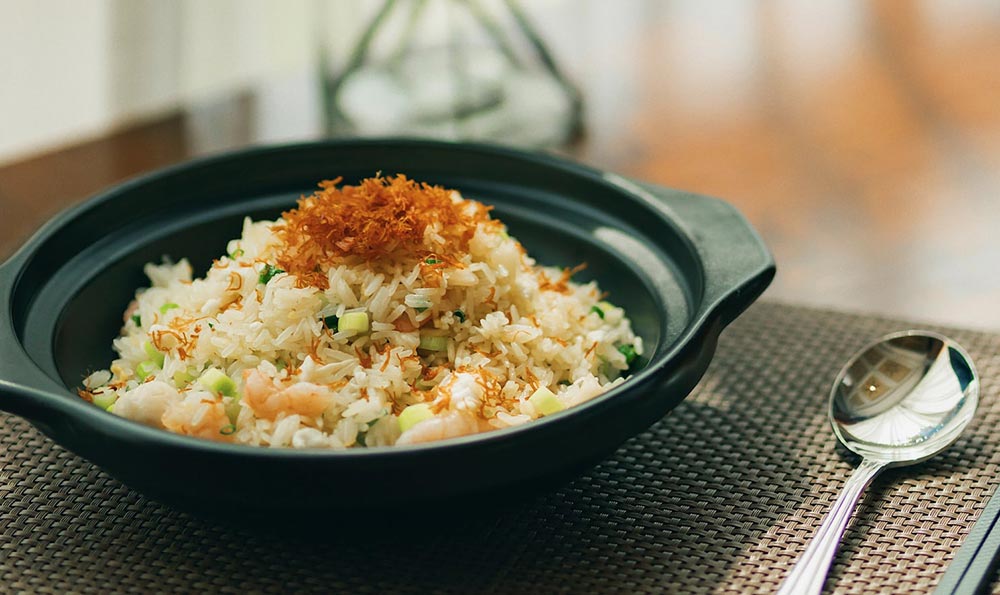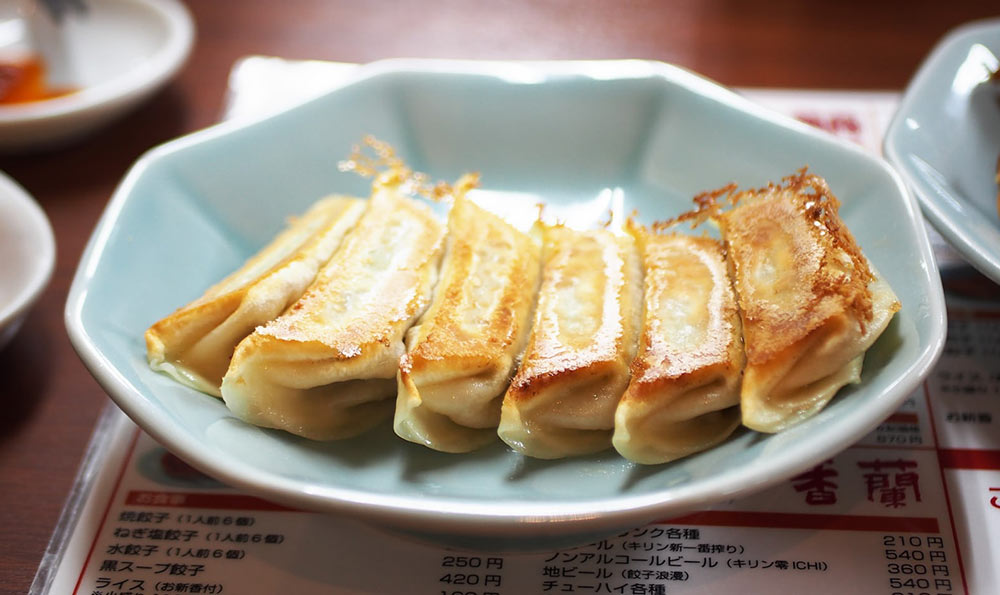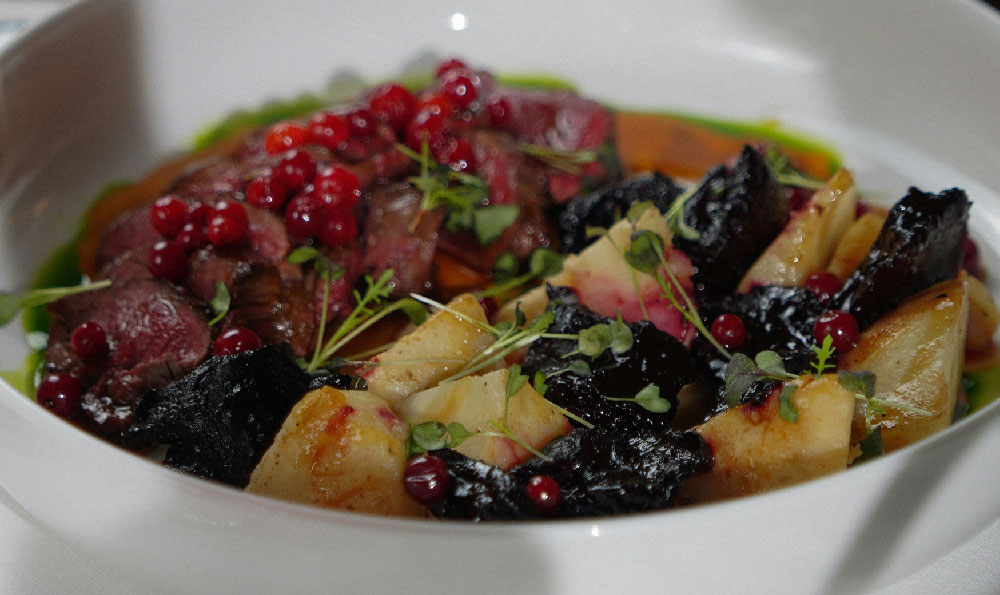
火锅作为一种传统的中国美食,在现代越来越受到人们的喜爱。而其中关键的设备之一,就是做火锅的锅。想要制作一锅美味的火锅,选择合适的锅具显得尤为重要。本文将就“做火锅的锅,做火锅的锅是什么锅”这个话题,从定义、分类、举例和比较等方面进行系统的阐述,为读者揭开火锅锅具的奥秘。
1. 定义
做火锅的锅,简单来说就是用来做火锅的器皿。它通常由金属材料制成,具有良好的导热性能和耐高温的特点,以满足火锅制作的需要。火锅锅具常见的材质有不锈钢、铁、铜等。
2. 分类
根据材质和形状的不同,做火锅的锅可以分为不锈钢火锅锅、铁火锅锅和铜火锅锅等几类。
2.1 不锈钢火锅锅
不锈钢火锅锅是目前市场上最常见的火锅锅具之一。它具有耐腐蚀、易清洁、价格适中等优点,被广泛应用于家庭和餐饮场所。不锈钢火锅锅的导热性能较好,均匀受热,且不会产生有害物质,因此备受消费者青睐。
2.2 铁火锅锅
铁火锅锅是传统的火锅锅具之一,它具有极佳的导热性能和保温性能。铁锅锅底能够均匀受热,可以更好地保持食材的原汁原味。铁火锅锅具使用一段时间后,还会形成一层天然防锈层,增加其耐用性。
2.3 铜火锅锅
铜火锅锅是一种高档的火锅锅具,其材质是铜。铜具有良好的导热性能,在烹饪过程中可以迅速均匀地传递热量,使食材更加入味。铜锅还具有酸碱耐腐蚀的特点,能够防止食材溢出的酸碱物质对锅具的腐蚀。
3. 举例
举例来说明不同材质的火锅锅具在制作火锅时的特点和适用场景。
3.1 不锈钢火锅锅的应用
不锈钢火锅锅在家庭和餐饮场所都有广泛应用。无论是清汤火锅、麻辣火锅还是其他口味的火锅,不锈钢火锅锅都能够满足需求。它的特点是价格适中、容易清洗,适合日常使用。
3.2 铁火锅锅的应用
铁火锅锅适合用于涮肉火锅等烹饪过程中,能够更好地保持食材的原汁原味。在家庭聚会或特殊场合,使用铁火锅锅制作火锅不仅可以享受美食,还能增加亲密感和欢乐氛围。
3.3 铜火锅锅的应用
铜火锅锅一般用于高端餐饮场所,特别是一些以火锅为主打的餐厅。铜锅能够迅速传递热量,使食材更加入味,满足消费者对于火锅的高品质要求。
4. 比较
- 不锈钢火锅锅相对较便宜,容易清洗,适合日常家庭使用;
- 铁火锅锅保温性能好,能够更好地保持食材的原汁原味;
- 铜火锅锅导热性能好,能够迅速传递热量,使食材更加入味,具有高品质的特点。
无论是不锈钢火锅锅、铁火锅锅还是铜火锅锅,它们都有各自的特点和适用场景。选择合适的火锅锅具,能够更好地提升火锅的口感和品质,为消费者带来更好的用餐体验。在制作火锅时,我们可以根据自己的需求和喜好,选择适合自己的火锅锅具,享受一顿美味的火锅盛宴。
做火锅的锅平替

火锅作为一种传统饮食文化,已经深入人们的生活中。随着科技的不断发展,火锅的制作过程也在不断创新。出现了一种新型的火锅制作工具,即“做火锅的锅平替”。本文将从定义、分类、举例和比较等角度,对这一火锅制作工具进行较为系统的阐述。
一、定义
做火锅的锅平替是指利用锅平替代传统的火锅锅具进行火锅烹饪的行为。锅平是一种较为厚实的平底锅,与传统火锅锅具相比,具有更好的热传导性能和热储存能力。锅平能够更加均匀地将热量传递给食材,提高火锅的制作效率和口感。
二、分类
根据不同的材质和设计,做火锅的锅平可以分为多种类型。铸铁锅平、不粘锅平、电磁炉专用锅平等等。不同类型的锅平在热传导性能、耐磨性和使用方式等方面存在一定的差异。消费者可以根据自己的需求和偏好选择适合的锅平进行火锅制作。
三、举例
举例来说明做火锅的锅平替的实际应用。在家中制作火锅时,往往需要额外的火源和火锅锅具。只需要一个适合的锅平和电磁炉,就可以在自己的厨房里轻松制作火锅了。锅平的均热性和热储存能力可以让食材更加均匀地受热,提高火锅的烹饪效果和口感。
四、比较
与传统的火锅锅具相比,做火锅的锅平具有一些显著的优势。锅平可以更加均匀地传递热量给食材,避免了烫焦和煮烂的情况。锅平的热储存能力较强,可以在制作火锅的过程中保持稳定的温度,延长食材的保温时间。锅平的表面往往采用了特殊的涂层材料,使得烹饪时食材不易粘连,便于清洗和维护。
通过对做火锅的锅平替的定义、分类、举例和比较等方面的介绍,我们可以看到,做火锅的锅平替是一种不断创新的火锅制作方式。它在火锅制作的效率和口感方面具有一定的优势。随着科技的进步和消费者需求的不断变化,相信做火锅的锅平替将在未来得到更广泛的应用和推广。
Doing hot pot without traditional hot pot pot
Introduction:
Hot pot, as a traditional culinary culture, has deeply penetrated into people's lives. However, with the continuous development of technology, the process of making hot pot has also been continuously innovated. In recent years, a new type of hot pot cooking tool, called "doing hot pot without traditional hot pot pot", has emerged. This article will provide a relatively systematic explanation of this hot pot cooking tool from the perspectives of definition, classification, examples, and comparisons.
Body:
1. Definition
Doing hot pot without traditional hot pot pot refers to the act of using a pot without traditional hot pot pot to cook hot pot. The pot without hot pot pot is a thick-bottomed pot. Compared with traditional hot pot utensils, it has better heat conduction and heat storage capacity. Therefore, the pot without hot pot pot can more evenly transfer heat to the ingredients, thereby improving the efficiency and taste of hot pot.
2. Classification
Based on different materials and designs, pots without traditional hot pot pot can be divided into various types. For example, cast iron pot without hot pot pot, non-stick pot without hot pot pot, induction cooker dedicated pot without hot pot pot, etc. Different types of pots without hot pot pot have certain differences in heat conduction performance, wear resistance, and usage methods. Consumers can choose a suitable pot without hot pot pot for hot pot making according to their needs and preferences.
3. Examples
Examples are given to illustrate the practical application of doing hot pot without traditional hot pot pot. For example, when making hot pot at home, additional heat sources and hot pot utensils are often needed. Now, with only a suitable pot without hot pot pot and an induction cooker, you can easily make hot pot in your own kitchen. The uniform heat conduction and heat storage capacity of the pot without hot pot pot can make the ingredients heat evenly, improving the cooking effect and taste of hot pot.
4. Comparison
Compared with traditional hot pot utensils, doing hot pot without traditional hot pot pot has some significant advantages. Firstly, the pot without hot pot pot can transfer heat to the ingredients more evenly, avoiding scorching and overcooking. Secondly, the pot without hot pot pot has a strong heat storage capacity, which can maintain a stable temperature during hot pot making, prolonging the heat preservation time of the ingredients. In addition, the surface of the pot without hot pot pot often uses a special coating material, making it difficult for the ingredients to stick during cooking, which is convenient for cleaning and maintenance.
Conclusion:
Through the introduction of definition, classification, examples, and comparisons of doing hot pot without traditional hot pot pot, we can see that it is an innovative way of hot pot making. It has certain advantages in terms of the efficiency and taste of hot pot making. With the advancement of technology and the continuous change of consumer demands, it is believed that doing hot pot without traditional hot pot pot will be more widely applied and promoted in the future.
做火锅的锅是什么锅
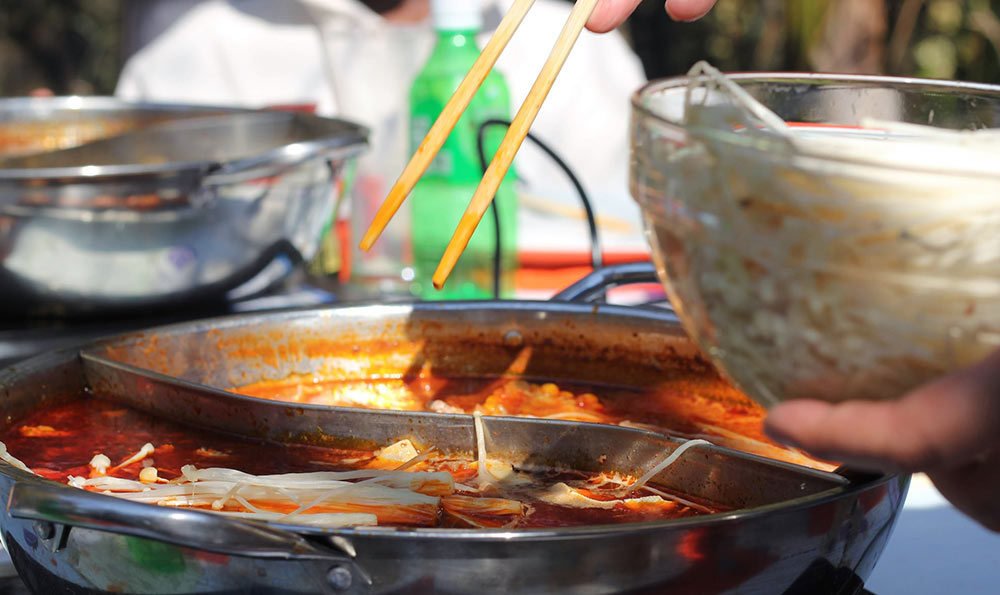
火锅,作为中国饮食文化中的一种特色料理,在全国范围内广受欢迎。而作为火锅的核心工具之一,锅的选择对于火锅的味道和口感有着重要的影响。本文将探讨做火锅的锅是什么锅,并通过定义、分类、举例和比较等方法,对相关知识进行客观、专业、清晰和系统的阐述。
正文:
1. 定义
在探究做火锅的锅是什么锅之前,首先需要明确火锅的定义。火锅是将各种食材放入热锅中煮熟,并用作调味的料汁进行食用的一种烹饪方式。而所使用的锅具则是承载和传导热量的关键。
2. 分类
根据材料和功能的不同,做火锅的锅可以分为不锈钢锅、铜锅、电火锅和石头火锅等几种类型。不锈钢锅由于材质耐高温,且不易生锈,成为了较为常见的火锅锅具。铜锅则因其优异的导热性能,使得火锅加热均匀,能够更好地保持食材的原汁原味。电火锅则通过电源提供热量,更加方便快捷,适合在家庭使用。石头火锅则利用石头热传导的特性,搭配火锅上方的燃烧源,使得食材在石头上煮熟,质感更加特殊。
3. 举例
不同地区和不同火锅品牌也会选择不同的锅具来制作火锅。四川的传统火锅店往往使用铜锅,以确保火锅的辣味和独特风味。而在北方地区,不锈钢锅则成为了主流。电火锅则逐渐兴起,成为了家庭火锅的首选。
4. 比较
在选择做火锅的锅时,需要考虑不同类型锅具的优点和适用场景。不锈钢锅是最常见且经济实惠的选择,能满足大多数人的需求;铜锅则在传热性能上更胜一筹,适合追求更高品质火锅的人群;电火锅则便利快捷,适合在家中进行火锅食用;石头火锅则能带来独特的质感和口感,适合追求创新的消费者。
通过本文对做火锅的锅是什么锅的相关知识进行客观、专业、清晰和系统的阐述,我们了解到不同锅具在火锅烹饪中的优势和适用场景。在选择火锅锅具时,可以根据个人需求和口味偏好来进行选择,以便更好地享受火锅带来的美食体验。


